 July 6, 2012- 6 teenagers were taken to the hospital, one with critical injuries, after a 15 year old driver crashed into a tree in Alameda, California. According to CBS Local News, the 15 year old driver was transporting four other 15 year olds and a 13 year old in a car the teenagers borrowed without permission. The crash was reported at 1:36 in the morning. The local police department is now investigating whether alcohol or drugs were a factor in the crash.
July 6, 2012- 6 teenagers were taken to the hospital, one with critical injuries, after a 15 year old driver crashed into a tree in Alameda, California. According to CBS Local News, the 15 year old driver was transporting four other 15 year olds and a 13 year old in a car the teenagers borrowed without permission. The crash was reported at 1:36 in the morning. The local police department is now investigating whether alcohol or drugs were a factor in the crash.
The California Department of Motor Vehicles (DMV) reports that teenage drivers are three times more likely to crash after 9:00 p.m. and that carrying passengers significantly increases the risk of a crash. Teenage drivers are not only more likely to crash late at night from fatigue or experience, but also because teenage drivers are more likely to binge drink and drive during nighttime hours. Other risks for young drivers include lack of experience, low risk perception, and failure to wear seat belts.
Although the June 6 crash is still in the preliminary phase of investigation, thus far the fact pattern seems to follow the early research conducted about the graduated driving license program that California first implemented in 1998. As background, as of July 1998, teenagers must pass a written test and provide certification that they had completed or were in enrolled in an approved driver’s training program to obtain a learner’s permit. With a learner’s permit, teenage drivers must have a parent or licensed driver over the age of 25 accompany them in the car at all times. They must gain 50 hours of experience, with at least 10 hours of night driving. A guardian signs off on the completed hours. Once the teenager completed the requirements and obtained a provisional driver’s license, they were able to drive alone, but could not drive passengers under the age of 20 for the first 6 months nor drive between the hours of 12:00 a.m. and 5 a.m.
Because a disproportionate number of accidents involving teenagers occur at night or when the teenager has friends in the car, California strengthened the law starting January 1, 2006. The state lengthened the amount of time that drivers with provisional licenses are prohibited from driving passengers under 20 years old to 12 months and pushed back the driving curfew to 11:00 p.m. Effective 2008, drivers with provisional licenses cannot use cell phones while driving, even if they are using a hands free device.
In 2004 and 2007, studies were conducted to investigate the effect of California’s graduated driver’s licensing program on teenage fatalities from motor vehicle accidents. These studies are based on data collected from the first round of requirements and do not take into account the stricter requirements that took effect in 2006. Both studies found that fatalities dramatically decreased for 15 and 16 year old drivers, who were most affected by the new laws. However, the studies also found an equal spike in 18 year old driving fatalities, which suggested that the new laws were delaying teenage fatalities rather than preventing them. The 2007 study, “California’s graduated driver license law: Effect on teenage drivers’ deaths through 2005” also found a significant increase in the number of deaths of unlicensed teenage drivers. Further studies are needed to assess the stricter requirements put in place in 2006.
The International Institute for Highway Safety (IIHS) does a broad range of research on driving safety. It is a strong advocate of graduated driver’s licensing programs because it delays licensing for younger drivers who are at different developmental stage than drivers over 18 and because it allows drivers to gain experience in a more controlled setting. Unfortunately, sometimes teenagers increase their risk of crashing by breaking the rules. A 2012 study from the IIHS found that of the 13-15 year old drivers in fatal crashes, 73% were either unlicensed or were violating their learner’s permit by driving without a licensed driver 25 or older to supervise.
A Congressional Quarterly report on Teen Driving suggests that both parent involvement and law enforcement is key to encourage young drivers to adhere to laws governing provisional licenses. For law enforcement, it is hard to tell which drivers are underage or subject to certain restrictions. California has a secondary enforcement policy which means officers cannot pull over a driver just for looking young and driving at night, but may issue a citation if a driver who has been pulled over for a traffic infraction turns out to be violating restrictions placed on his license. Stricter enforcement of smaller infractions can lead to larger consequences if drivers are secondarily found to be driving without a license. Strict enforcement also makes it more likely that such drivers will be caught. Especially in the case of teenage drivers, enforcement policies save lives.
Although, some studies have been ambiguous on the merits of graduated driver’s licenses, more data needs to be collected and analyzed. Individual states are working on targeting licensing programs to make the restrictions on young drivers as effective and safe as possible without hampering social connection between driving and independence. California is a leader when it comes to implementing new programs like graduated driver’s licenses, and parents and law enforcement must fulfill their role as overseers to make sure the approach is as comprehensive as possible.
Continue Reading ›
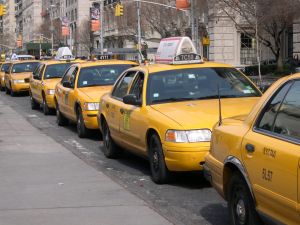 According to The San Francisco Chronicle, an accident involving a taxi recently claimed a life in the city’s Tenderloin district. A spokesman for the police department said that thirty-eight year old Edmund Capalla was crossing at the intersection of Eddy and Larkin Streets around 7 P.M. on Saturday evening. Reports indicate that a taxi ran a red light and collided with another car that was entering the intersection, causing the cab to spin and then hit the pedestrian. Emergency personnel transported Capalla to San Francisco General Hospital where he later died as a result of injuries incurred in the crash. Police are continuing to investigate the incident and will then share the results with the District Attorney’s office. The prosecutors will then decide whether to file criminal charges against the taxi driver.
According to The San Francisco Chronicle, an accident involving a taxi recently claimed a life in the city’s Tenderloin district. A spokesman for the police department said that thirty-eight year old Edmund Capalla was crossing at the intersection of Eddy and Larkin Streets around 7 P.M. on Saturday evening. Reports indicate that a taxi ran a red light and collided with another car that was entering the intersection, causing the cab to spin and then hit the pedestrian. Emergency personnel transported Capalla to San Francisco General Hospital where he later died as a result of injuries incurred in the crash. Police are continuing to investigate the incident and will then share the results with the District Attorney’s office. The prosecutors will then decide whether to file criminal charges against the taxi driver.  San Francisco Injury Lawyer Blog
San Francisco Injury Lawyer Blog


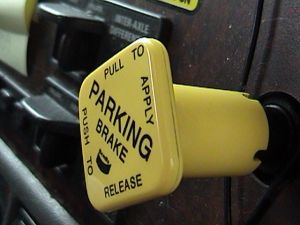 In a rare turn of events, a passenger was slapped with a ticket for driving under the influence on Friday. According to
In a rare turn of events, a passenger was slapped with a ticket for driving under the influence on Friday. According to 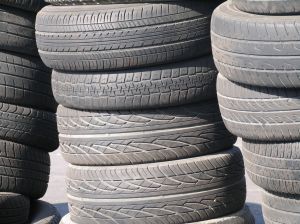 On Thursday, Michelin announced a voluntary recall of approximately 841,000 tires sold under the BFGoodrich and Uniroyal brands. According to the
On Thursday, Michelin announced a voluntary recall of approximately 841,000 tires sold under the BFGoodrich and Uniroyal brands. According to the 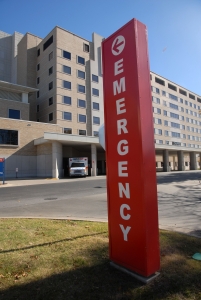 Along with other members of our community, we have been following the developing story of a hit and run that occurred in Carmichael. According to
Along with other members of our community, we have been following the developing story of a hit and run that occurred in Carmichael. According to 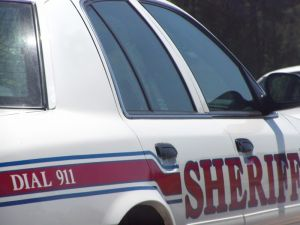 According to
According to  July 6, 2012- 6 teenagers were taken to the hospital, one with critical injuries, after a 15 year old driver crashed into a tree in Alameda, California. According to
July 6, 2012- 6 teenagers were taken to the hospital, one with critical injuries, after a 15 year old driver crashed into a tree in Alameda, California. According to  The
The